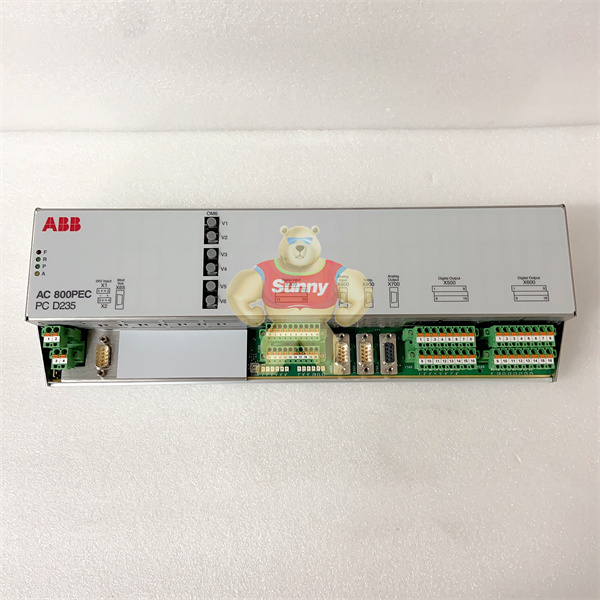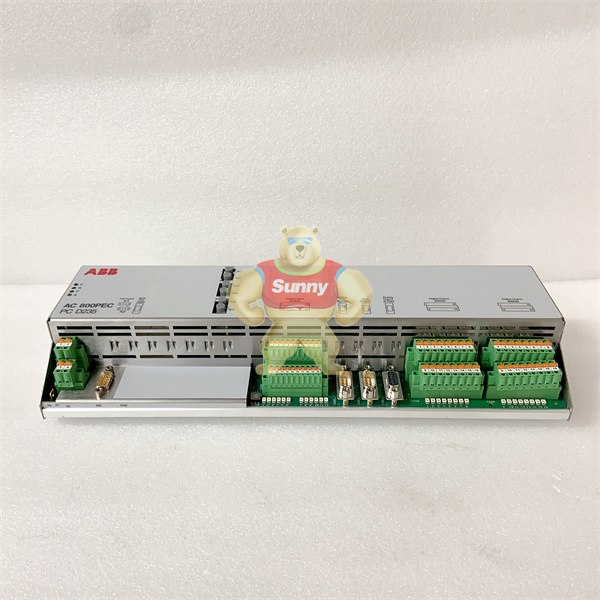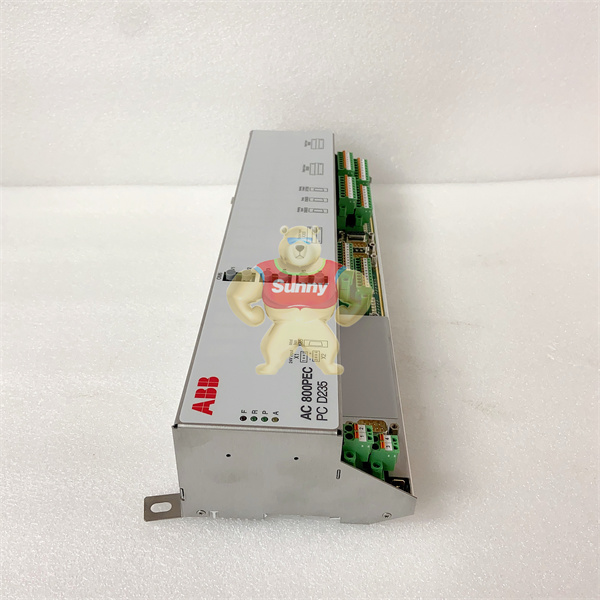In order to limit the starting current and increase the starting torque, the linear rotor induction motor can be started by connecting several starting resistors or frequency transducers in series in the rotor circuit. This paper will describe the start control circuit of the series resistance in the rotor circuit of the three-phase winding motor. The circuit diagram is shown as the following figure.
The working principle is: after closing the power switch QS, the time relay KT1, KT2 and other KT3 are connected, and the normally closed contact of their delay closure is immediately disconnected, so that KM1, KM2, KM3 will not be connected temporarily, so that when the motor stator winding plus rated voltage starts, The rotor circuit is connected with starting resistors RI, R2 and R3 to limit the starting current and increase the starting torque.

PCD235B1101 3BHE032025R1101

PCD235B1101 3BHE032025R1101

PCD235B1101 3BHE032025R1101
When starting, first press the button SB1, switch on the undervoltage relay KAV, and its dynamic contact is closed. When the power supply voltage is seriously reduced or the circuit suddenly loses power, the dynamic contact of KAV is disconnected to protect the motor, and then press the button SB2, switch on the line contactor KM, motor stator winding plus rated voltage start. KM’s breaking auxiliary contact in the control circuit is disconnected, time relay KT1 is powered off, its normally closed contact with delayed closure is closed for a period of time, contactor KM1 is connected, and the starting resistance R1 connected by the motor rotor circuit is cut out. At this point, the motor operates on the artificial characteristics of only starting resistors R2 and R3 in the rotor circuit and continues to accelerate.
After the contactor KM1 is connected, its breaking contact is disconnected, so that the time relay KT2 is powered off. Its normally closed contact with delayed closure is closed for a period of time, the contactor KM2 is connected, and the starting resistance R2 in the motor rotor is cut off. The motor runs on the artificial characteristic with only resistance R3 and continues to accelerate. After the contactor KM2 is connected, its normally closed contact is disconnected, time relay KT3 is powered off, and its normally closed contact with delayed closure is closed for a period of time, so that the contactor KM3 is connected, and the starting resistance R3 is cut out. So far, the motor rotor circuit has no external resistance, running on the natural characteristics. The boot process is now complete.
 1 Year Warranty
1 Year Warranty





